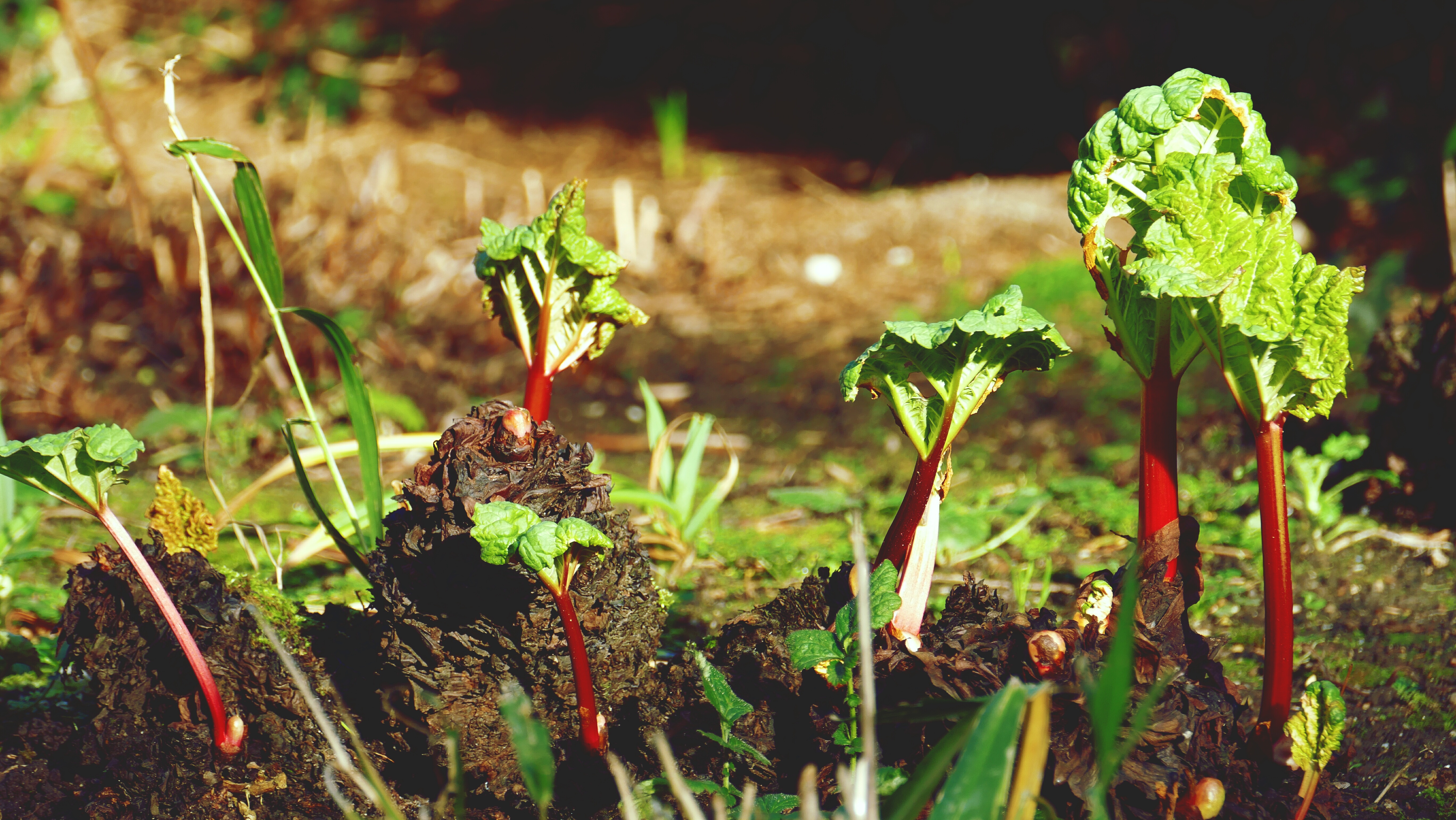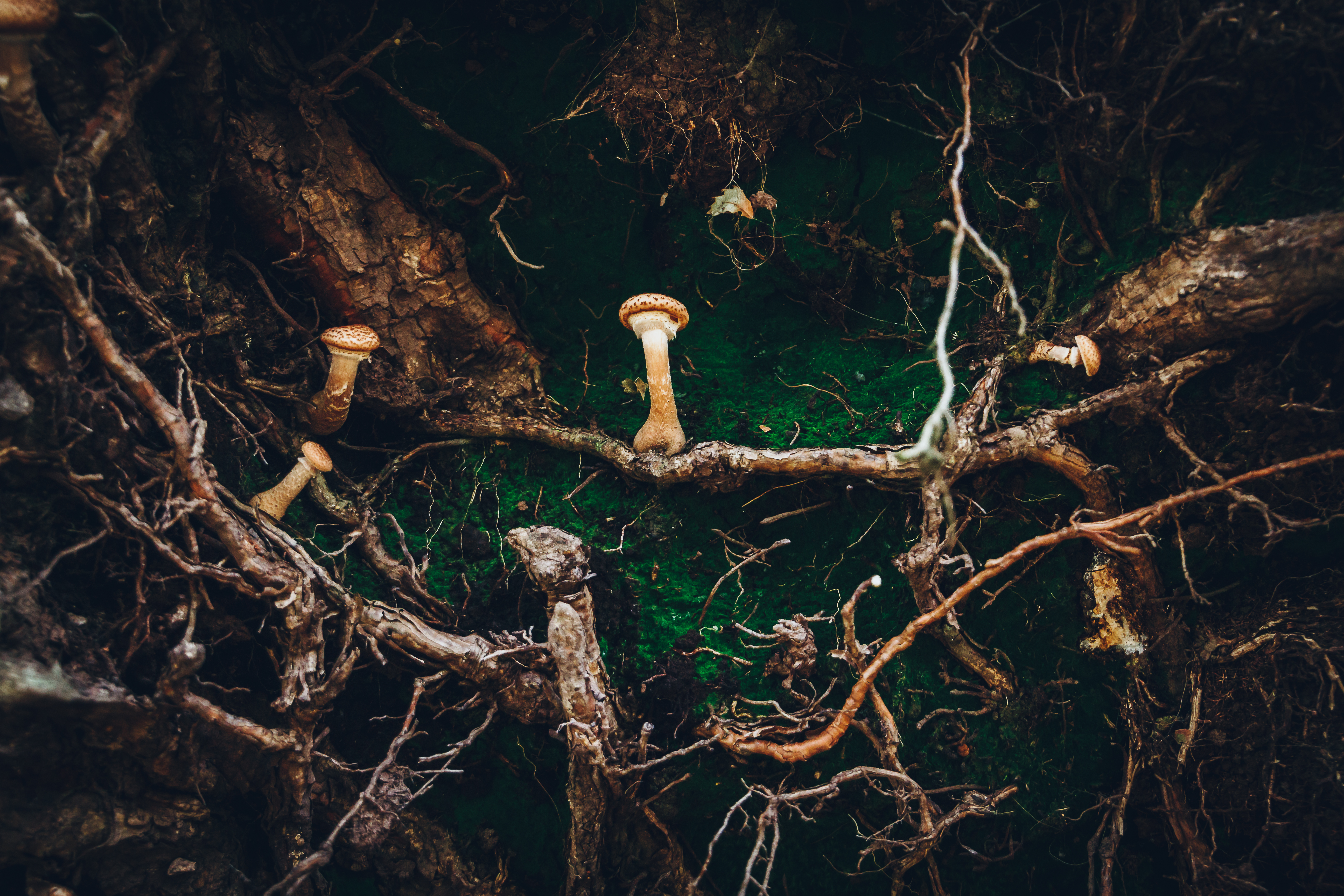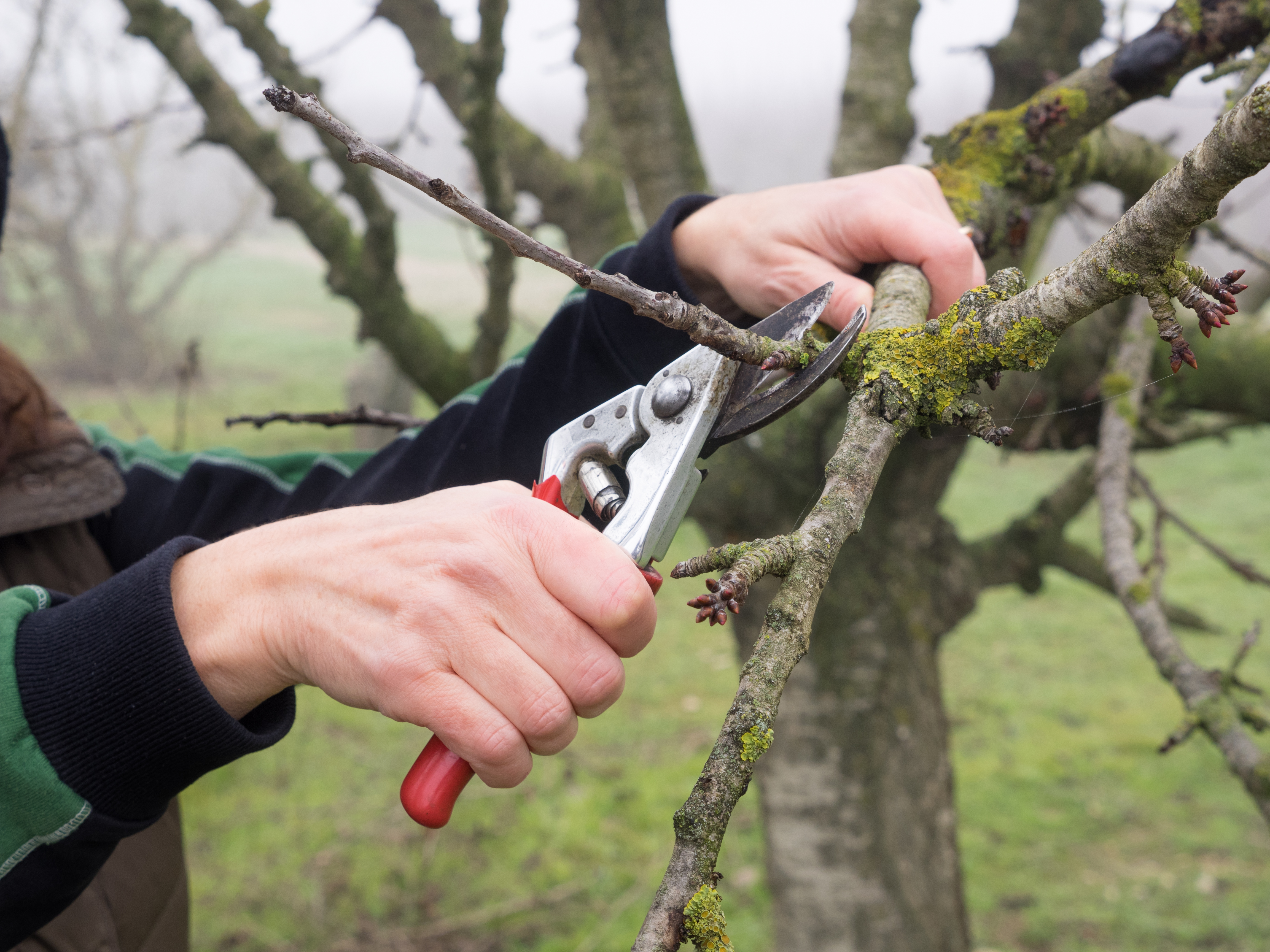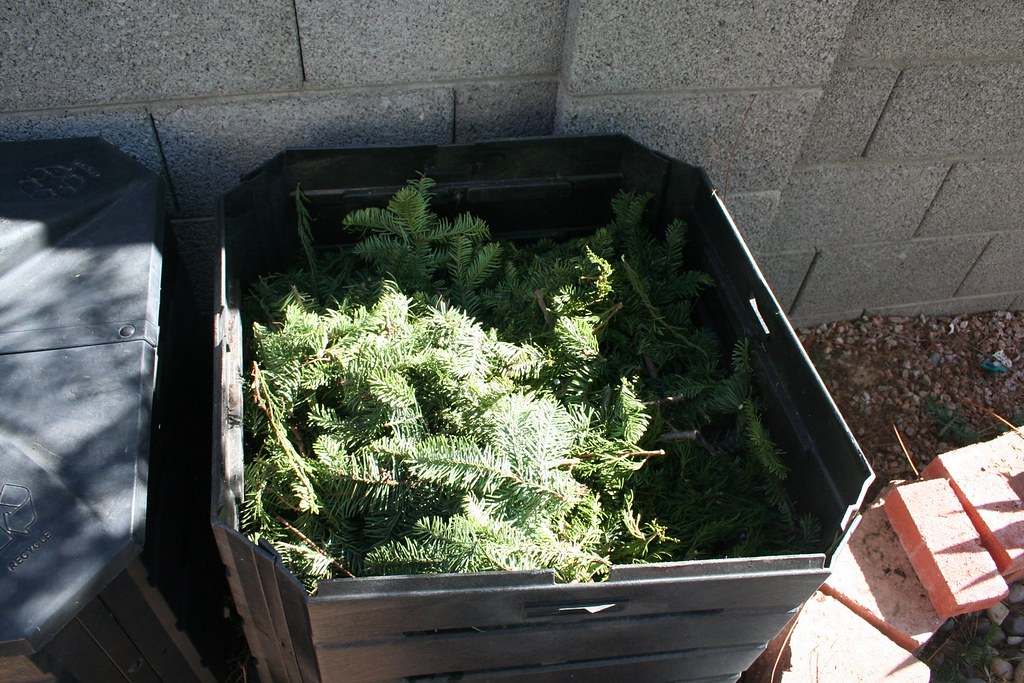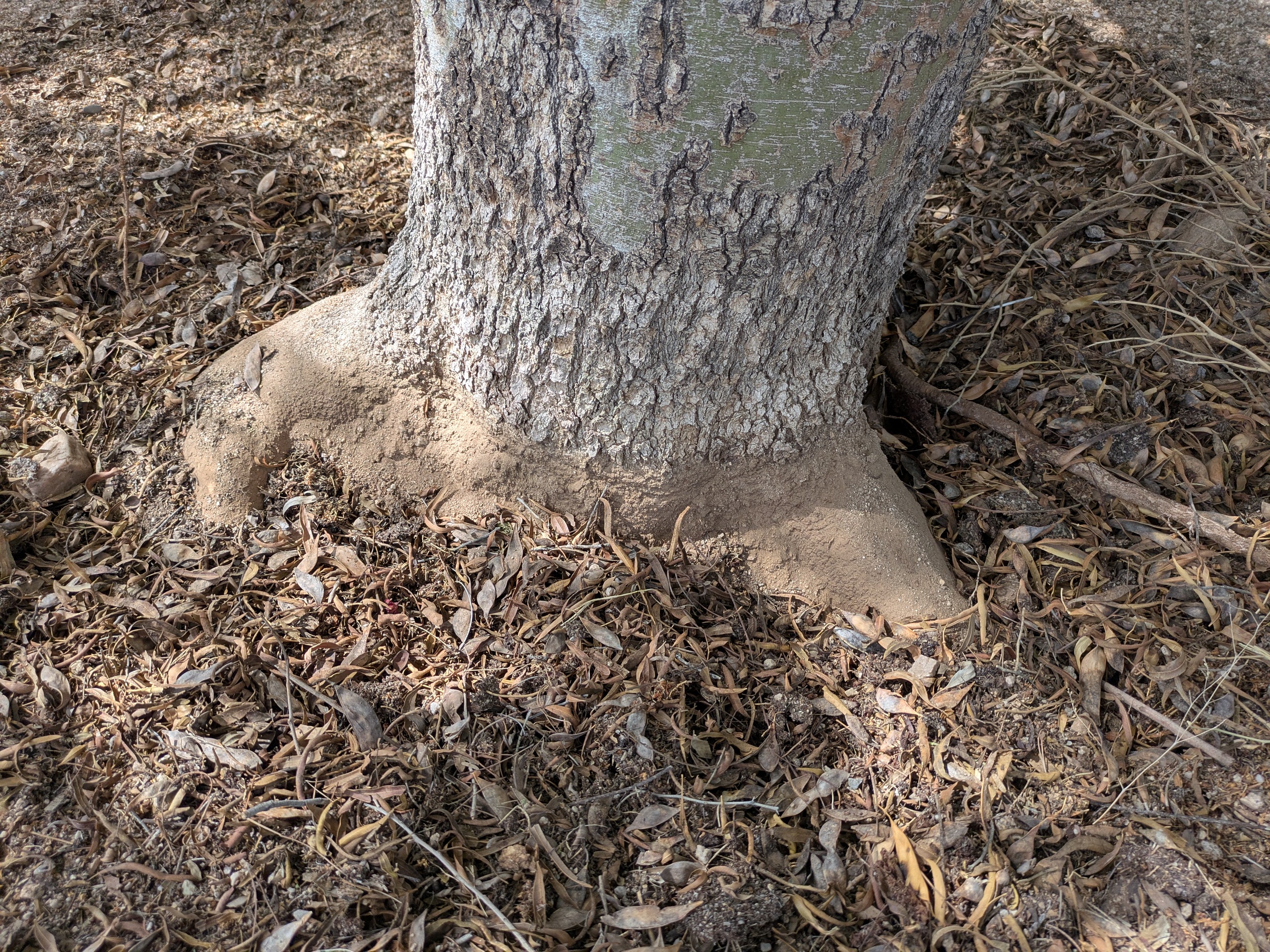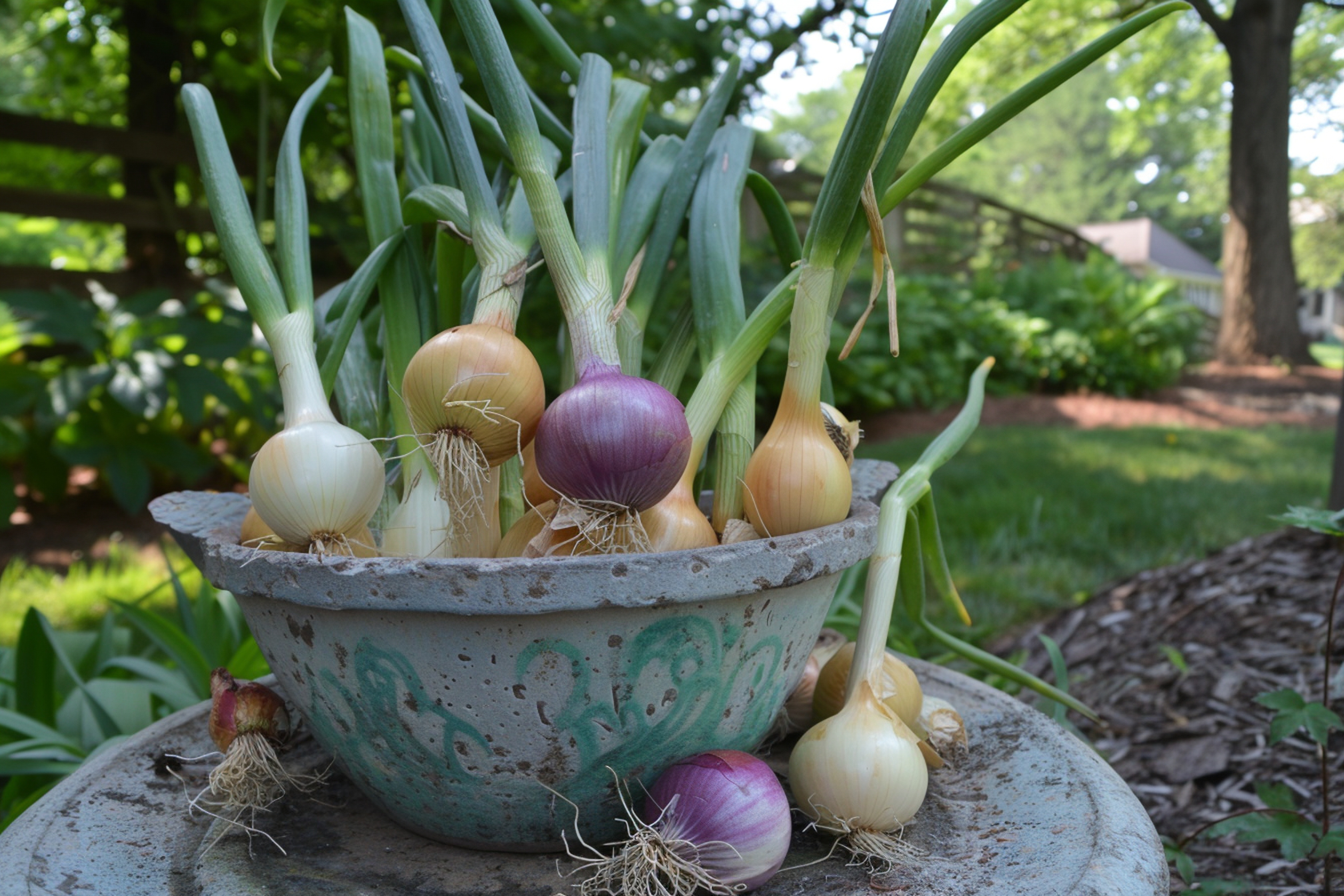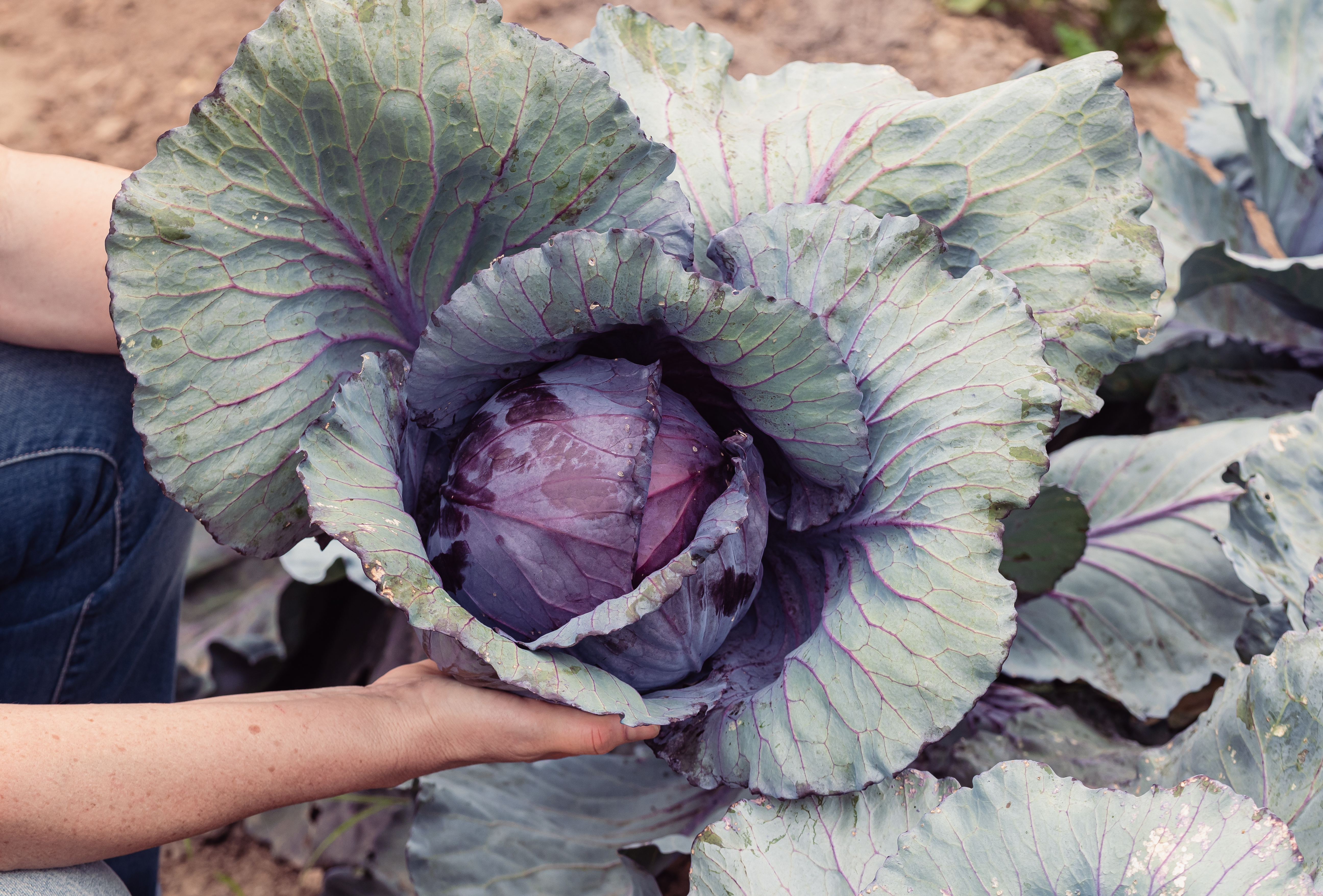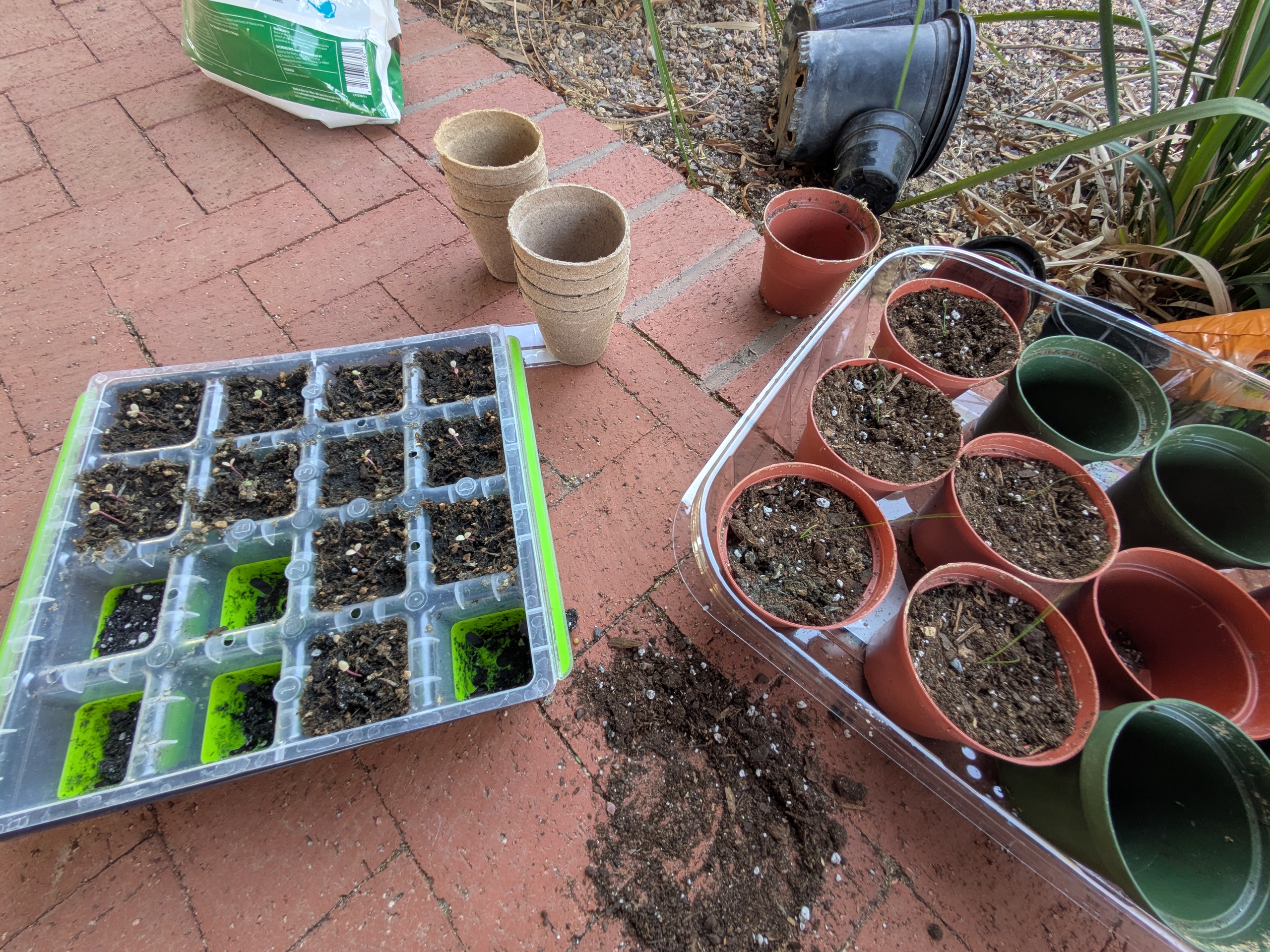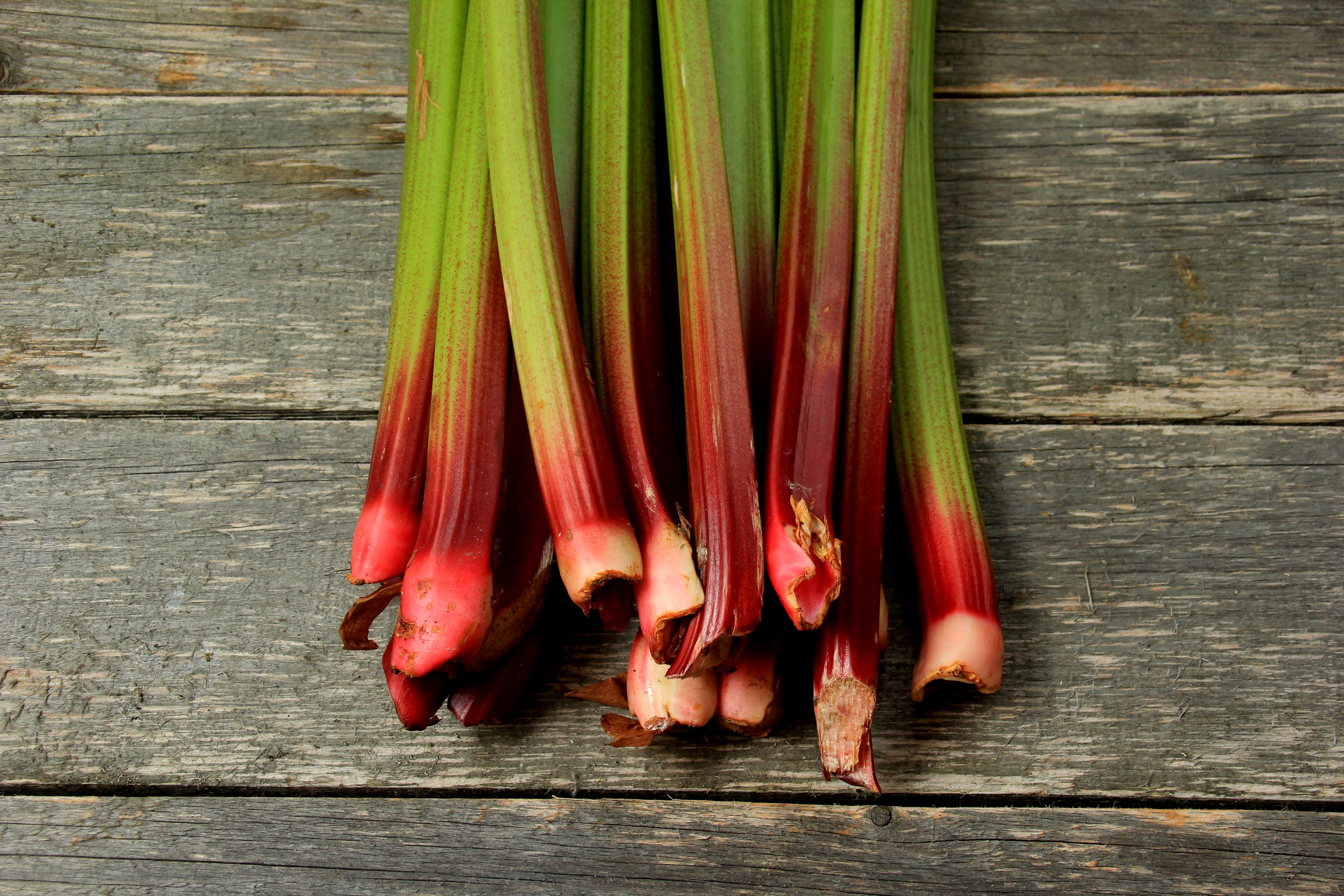
Growing Rhubarb Part 2: Adaptations for Different Climates
Although rhubarb prefers temperate environments, it can be grown outside its ideal temperature range with some care. With additional winter prep in colder climates and careful planning for summer in hot regions, rhubarb can thrive almost anywhere. More so than in temperate climates, it’s vital to watch the weather. Extreme heat spells or cold snaps require forethought to protect your plants, and site selection is even more important. These tips cover key points for hot and cold climates, and how you can grow rhubarb successfully....
